Who does not like the taste of fresh berries? Typically, when we think of berries, images of small, juicy, and often seedless fruits come to mind.
However, the world of berries is much more diverse and surprising than many realize.
In addition to their delicious flavors, berries offer a range of medicinal values, making them a valuable addition to any diet.
Berries are rich in vitamins, minerals, antioxidants, and other nutrients, contributing to their various health benefits.
While popular berries like blueberries, raspberries, and blackberries are commonly known, there are also exotic varieties such as goji and acai berries, renowned for their health-boosting properties.
Interestingly, some fruits commonly referred to as berries, including strawberries, raspberries, and blackberries, do not fit the botanical definition of a berry.
In botanical terms, a true berry is a simple fruit with seeds and pulp produced from the ovary of a single flower.
Under this definition, bananas and avocados are technically berries, while the aforementioned fruits are not. This article explores the wide and intriguing world of berries, covering both well-known and exotic varieties.
List of Various Types of Berries: Exotic Fruits of All Time
1. Açai Berries
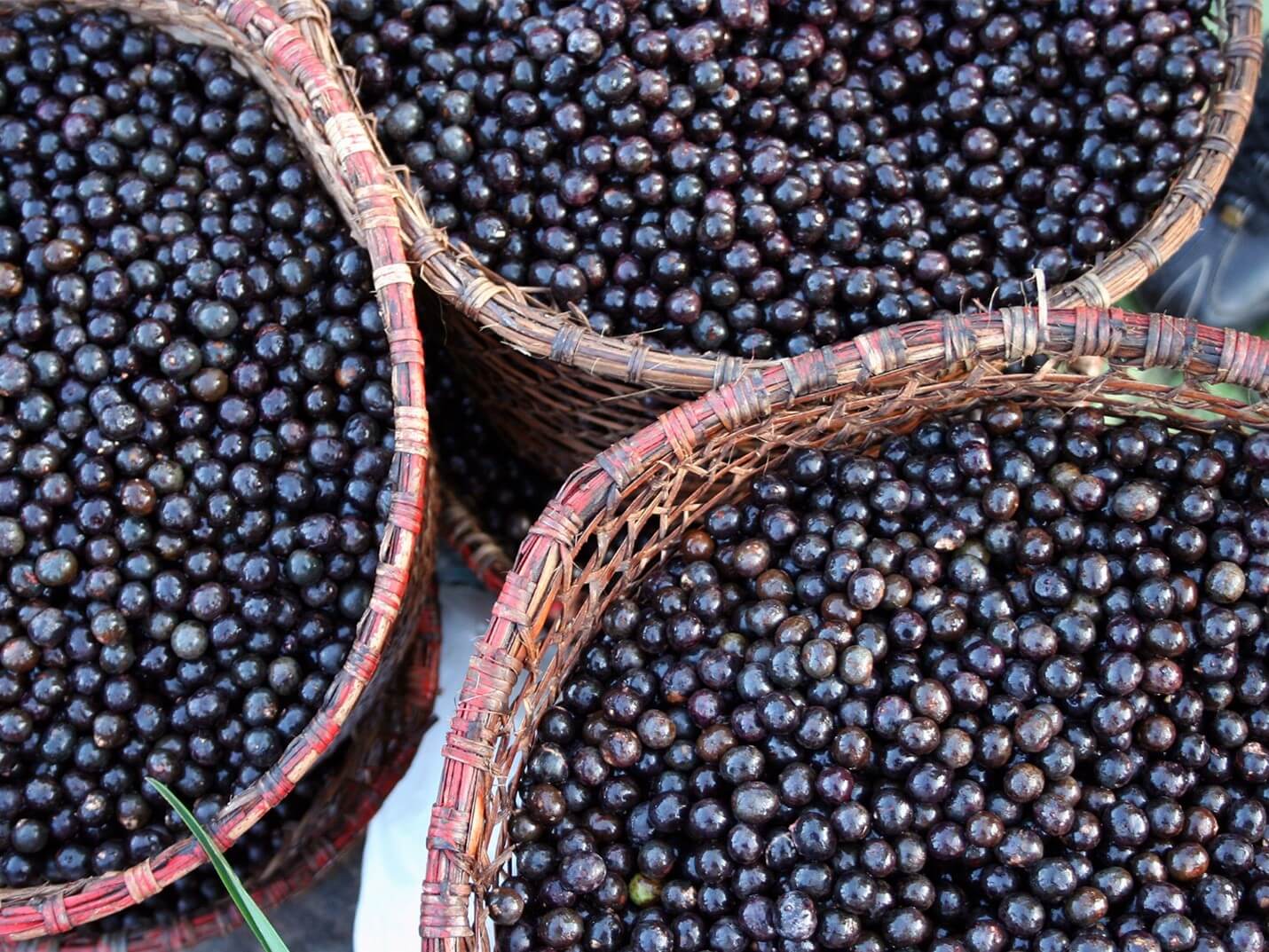
Açai berries are small, dark purple fruits resembling grapes. They are renowned for their health benefits, including aiding arthritis and lowering cholesterol levels. Rich in polyphenols and other antioxidants, açai berries are known for their cell-repairing properties. They are often used in smoothies, bowls, and herbal teas. Studies have highlighted their potential in improving heart health and reducing the signs of aging.
2. Black Raspberries
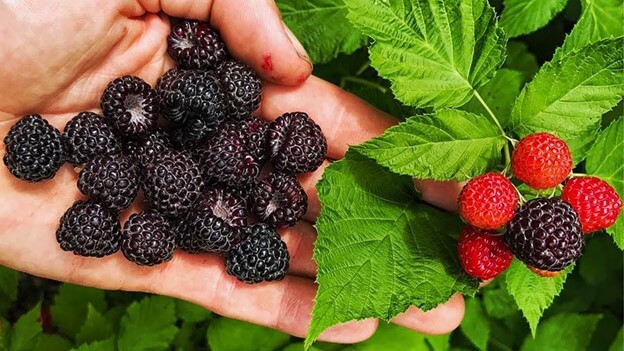
Black raspberries, often mistaken for blackberries, are a unique variety of raspberries with a rich, dark color indicating their high concentration of anthocyanins. They offer health benefits such as reducing inflammation and lowering cholesterol levels. Studies suggest that black raspberries may play a role in preventing and treating cancer. Their sweet and slightly tart flavor makes them a popular choice for fresh eating and culinary uses like jams and desserts.
3. Blackberry
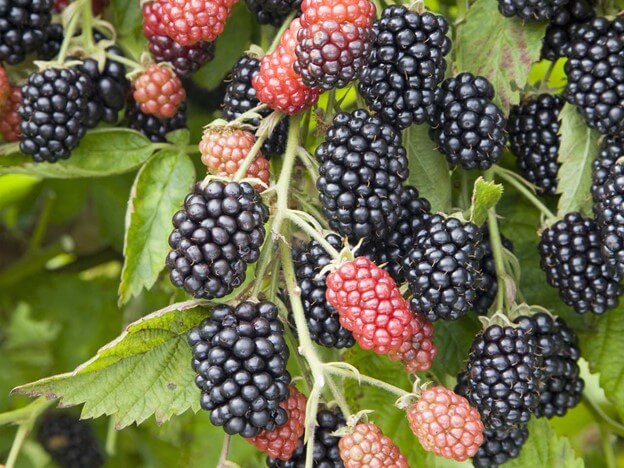
Blackberries are known for their juicy, sweet flavor with a hint of tartness. They are rich in vitamins, fiber, and antioxidants, contributing to their numerous health benefits. Regular consumption of blackberries is associated with improved digestive and heart health, as well as enhanced immune function. These berries are also used in traditional medicine to treat a variety of ailments, including diarrhea, diabetes, and throat infections. Blackberries can be enjoyed fresh, in jams, or as a nutritious addition to desserts.
4. Blueberry
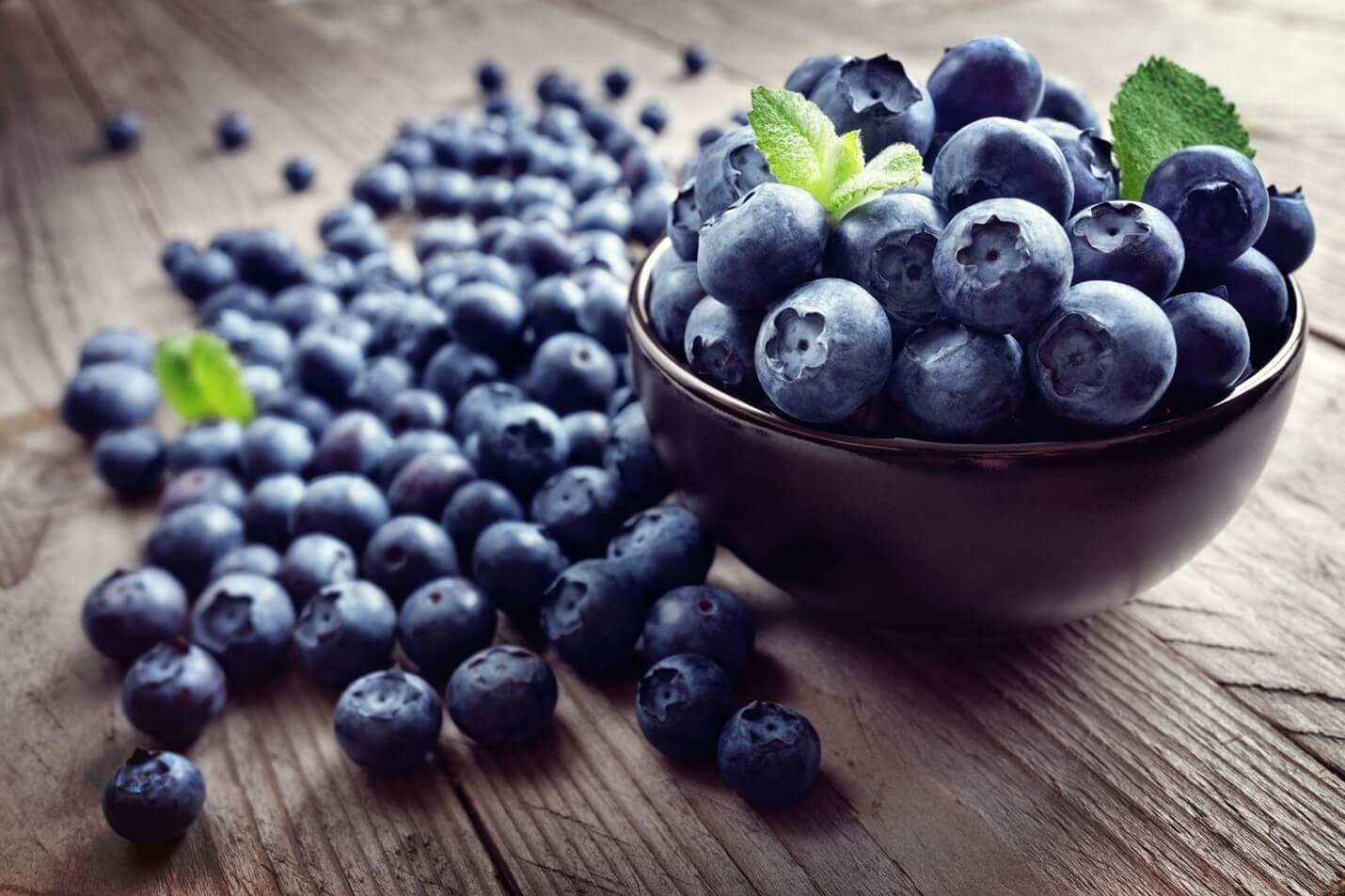
Blueberries are celebrated for their sweet taste and deep blue color due to anthocyanins, powerful antioxidants that contribute to numerous health benefits. These berries are a rich source of vitamin C and K, known for strengthening the immune system and improving skin health. Regular consumption of blueberries is linked to improved heart health and reduced risk of cognitive decline. They are also beneficial in managing diabetes and maintaining healthy blood pressure levels.
5. Boysenberries
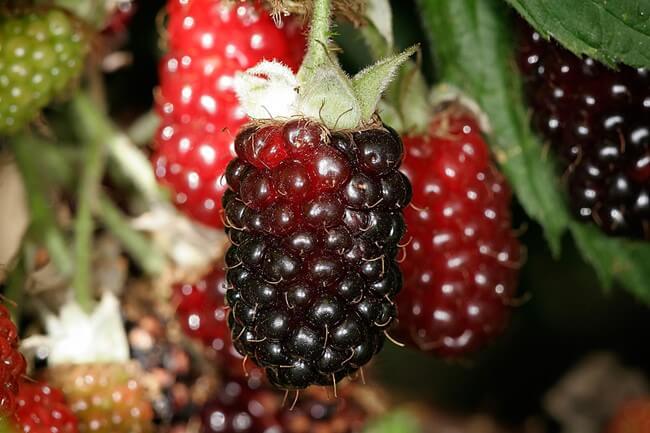
A hybrid of loganberry and red raspberry, boysenberries boast a tangy-sweet flavor. These dark purple berries are used in pies, cobblers, and other desserts. Nutritionally, they are beneficial for reducing high blood pressure and preventing the absorption of fat in the gastrointestinal tract. Boysenberries are also a good source of fiber and vitamin C, contributing to overall digestive and immune health.
6. Chokeberries
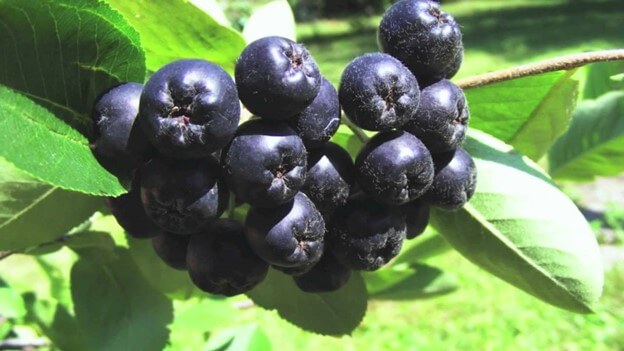
Chokeberries, also known as Aronia berries, are small, dark berries known for their astringent, tart taste. They are extremely rich in antioxidants, including anthocyanins, which may protect the heart and maintain healthy cholesterol levels. Despite their bitter taste, chokeberries are often consumed in processed forms like jams and syrups. Some studies suggest they may have anti-cancer properties, offering a promising avenue for future research in natural cancer treatments.
7. Cloudberries

Cloudberries, also known as Rubus Chamaemorus, are known for their sweet and subtly sour flavor. These berries are high in protein and contain various nutrients like vitamin A, citric acid, and anthocyanins. Cloudberries are often found in colder climates and are highly valued in Nordic countries. They are used in desserts and jams and are also enjoyed fresh. Their nutritional profile makes them a healthy addition to the diet, particularly for their vitamin content.
8. Cranberry
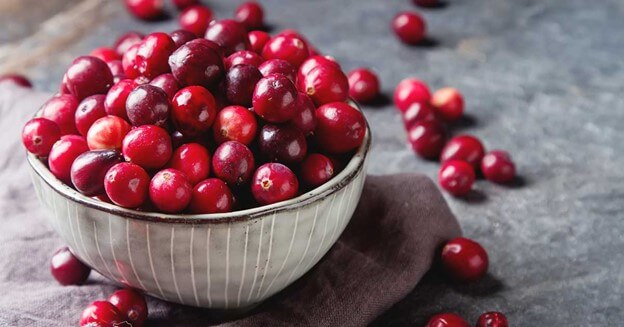
Cranberries are a powerhouse of vitamins and antioxidants. They’re traditionally used for treating kidney diseases, bladder issues, and other stomach-related complaints. Rich in vitamin C and dietary fiber, cranberries have a unique tart taste and are often consumed in the form of juice, which is believed to prevent urinary tract infections. Their high antioxidant content also contributes to overall heart health and may help lower the risk of certain types of cancer.
9. Dewberry
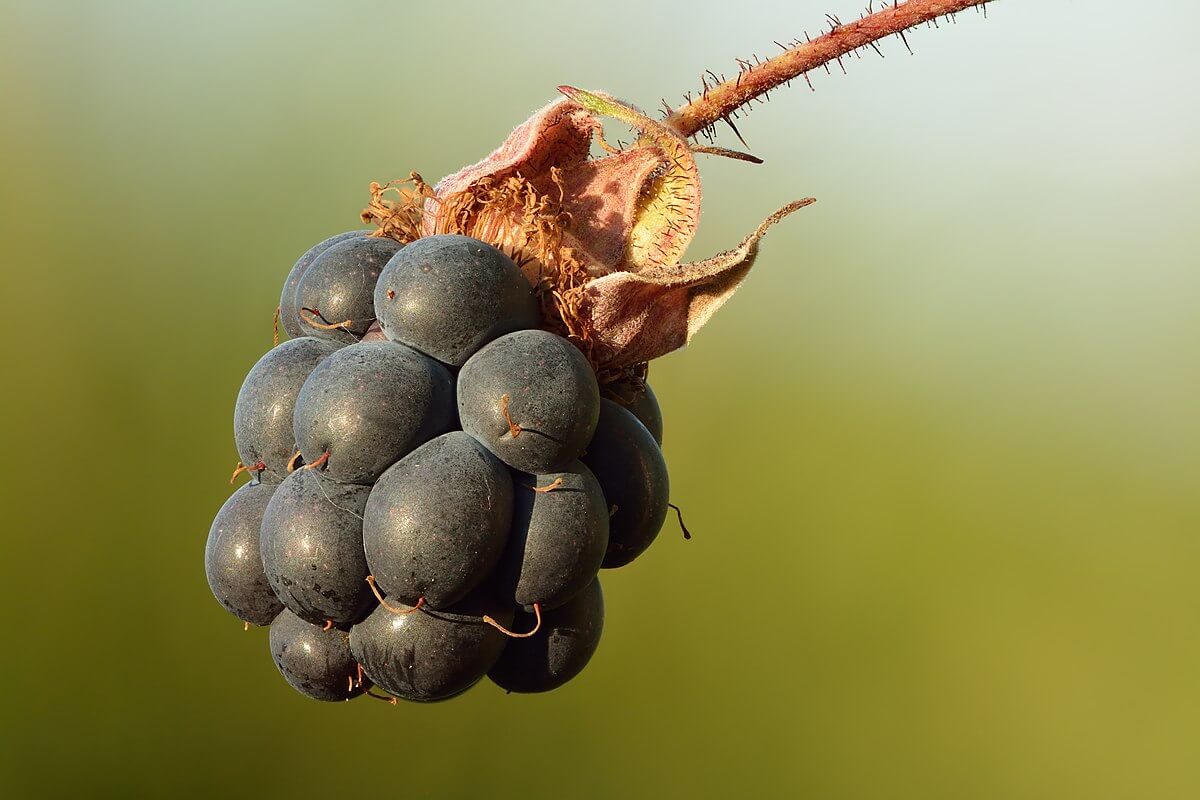
Dewberries are closely related to blackberries and resemble them in both appearance and flavor, but are generally smaller and more trailing in growth habit. They grow in the wild and are often found in woodland and hedgerow environments. Dewberries are known for their sweet and slightly tart taste and are rich in vitamins, minerals, and antioxidants. They are often used in similar ways as blackberries, in cooking and baking, and are also delicious when eaten fresh.
10. Elderberry
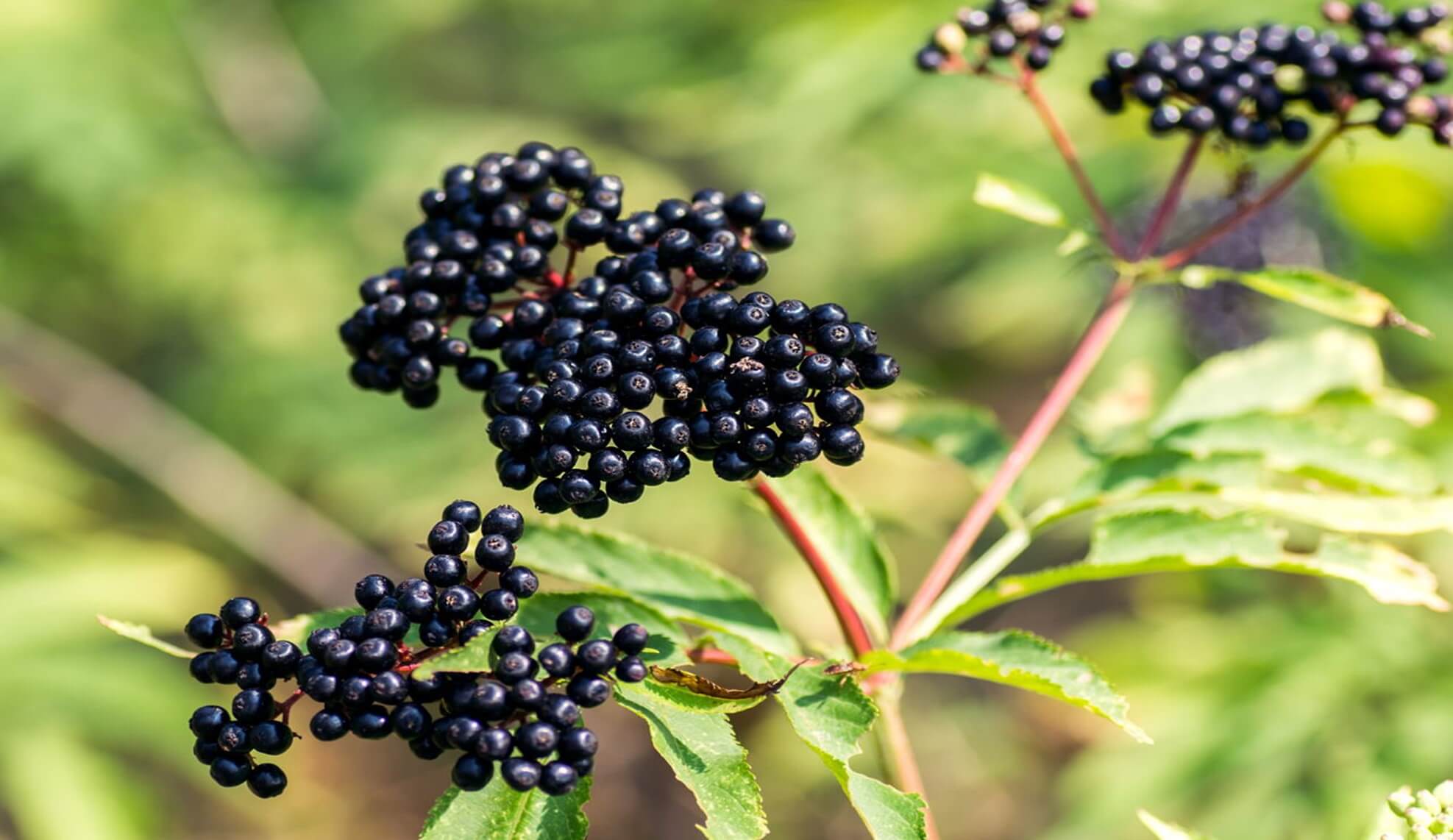
Elderberries are highly regarded for their medicinal properties. They’re commonly used to prevent colds and flu, lower cholesterol, and boost the immune system. Rich in vitamins and antioxidants, elderberries are versatile in culinary uses, often added to diets in the form of tea or syrup. Their anti-inflammatory properties make them beneficial for lung health and general wellness. Elderberries have also been traditionally used to alleviate allergies and improve skin health.
11. Goji Berries
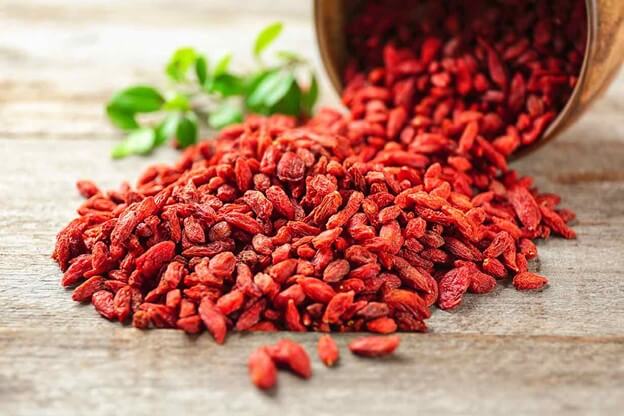
Goji berries, small red fruits, are packed with medicinal properties and antioxidants. Just an ounce of these berries can satisfy daily vitamin A and fiber requirements. Goji berries are often used in traditional Chinese medicine and are believed to aid in improving overall health. They can be enjoyed in various forms, such as in ice creams, soups, herbal teas, and smoothies. The high antioxidant levels in goji berries are associated with numerous health benefits, including boosting the immune system.
12. Golden Raspberries
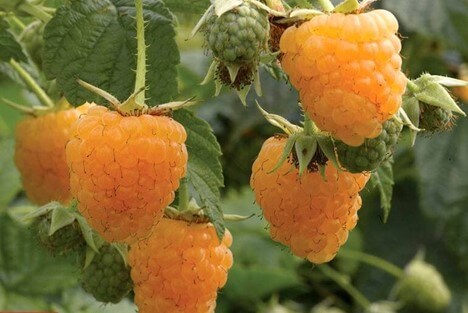
Golden raspberries stand out with their unique color and sweet-scented taste. They are rich in vitamin A, vitamin C, and fiber, placing them among the superfruits for their nutritional value. Golden raspberries are less tart than other raspberry varieties and are often used in desserts and fruit salads for their mild, sweet flavor. Their health benefits include boosting the immune system and promoting eye health due to their high vitamin A content.
13. Gooseberry
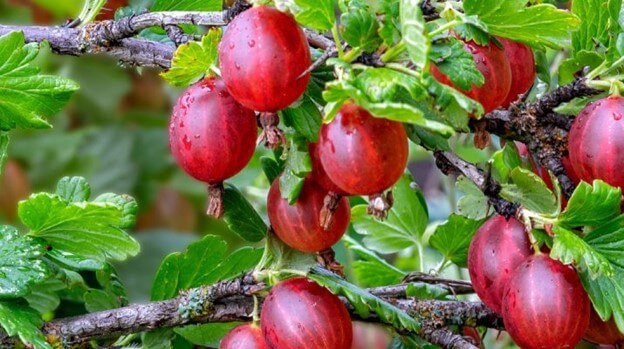
Gooseberries, with their unique sour taste, offer numerous health benefits. They are consumed to combat high cholesterol, improve heart health, and aid in digestion. Rich in fiber, vitamins, and a high level of anthocyanin, gooseberries can also play a role in cancer prevention. Their distinct flavor makes them a versatile ingredient in culinary preparations, including jams and savory dishes. Additionally, gooseberries are used in traditional remedies for conditions like nausea and diarrhea.
14. Huckleberry
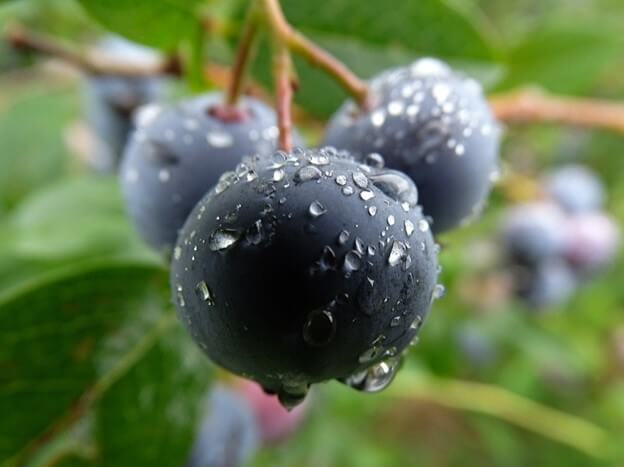
Huckleberries resemble blueberries but are distinct in their larger seed size and tarter taste. These berries are often red to blue in color and are rarely cultivated, making them a rare find in markets. They’re a good source of vitamin C and fiber, aiding in collagen production and anemia prevention. Their antioxidant properties help strengthen immunity and promote youthful skin. Wild and elusive, huckleberries are a treat for those who can find them.
15. Lingonberry
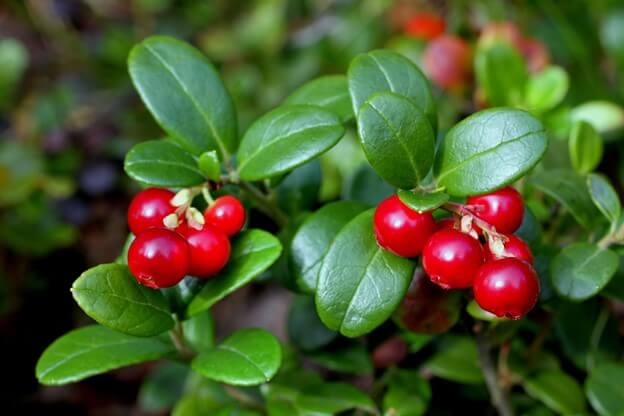
Lingonberries, native to the woodlands and moorlands of Sweden, are small red berries known for their acidic flavor. They are traditionally used in Swedish cuisine, paired with dishes like potato pancakes, meatballs, and cabbage rolls. Beyond their culinary uses, lingonberries are valued for their high antioxidant content and potential health benefits, which include anti-inflammatory properties and boosting the immune system. They are often made into jams and preserves.
16. Marionberry
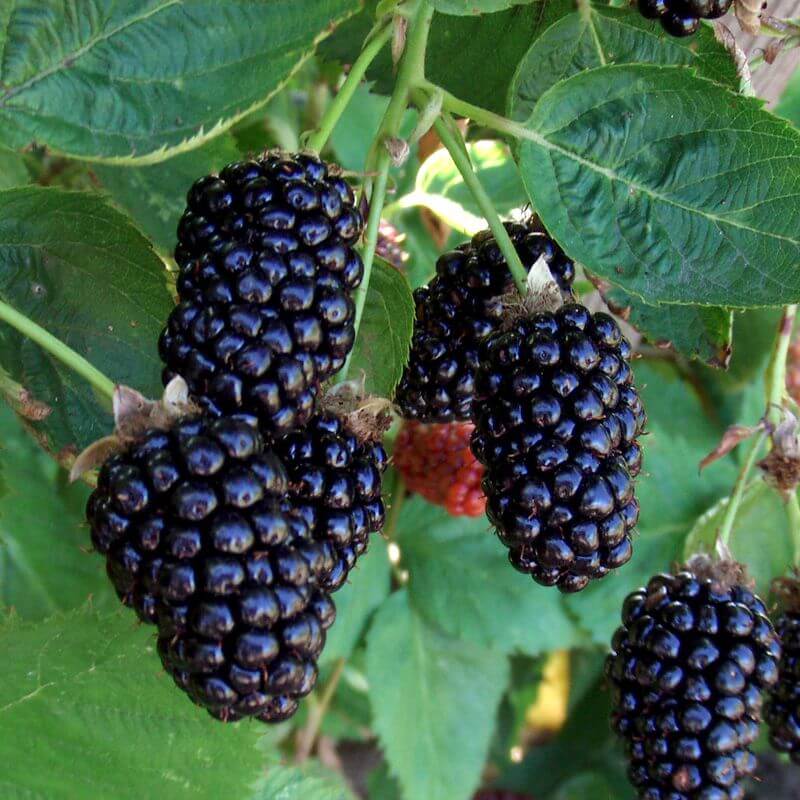
Marionberries, often referred to as the “Cabernet of Blackberries,” are a type of blackberry developed in Oregon. They are known for their complex, rich flavor, which is more intense and earthy compared to regular blackberries. Marionberries are excellent sources of fiber, vitamin C, and antioxidants. They are commonly used in pies, jams, and desserts and are valued for their deep, juicy quality that enhances the flavor of recipes.
17. Mulberry
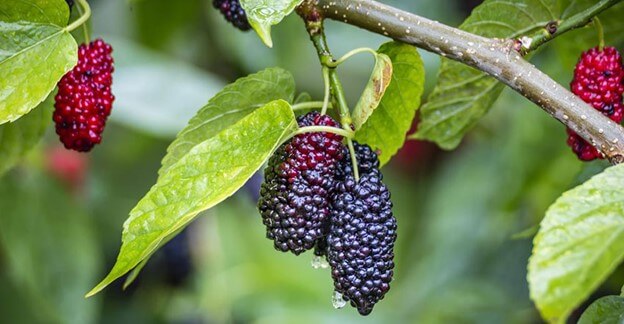
Mulberries, known scientifically as Morus, thrive in temperate regions and come in a variety of colors, including black, purple, red, and white. These berries are celebrated for their sweet and slightly tart flavor. They are rich in nutrients and are linked to several health benefits, such as improving cardiovascular health, managing type 2 diabetes, and aiding metabolism. Mulberries are versatile in culinary uses and can be enjoyed fresh, in jams, or as a flavorful addition to baked goods.
18. Olallieberry
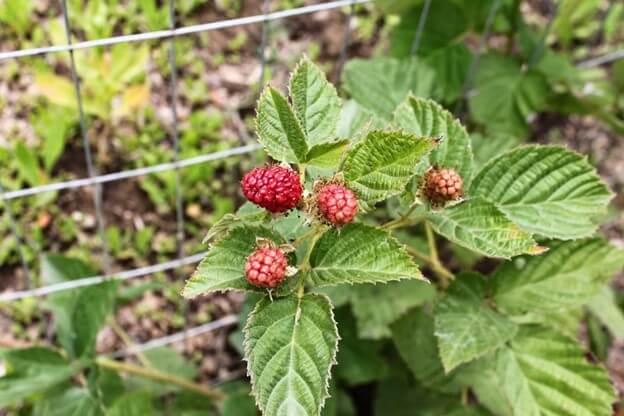
The Olallieberry, a hybrid of the loganberry and youngberry, is known for its deep, rich flavor and numerous health benefits. These berries are an excellent source of vitamin E, antioxidants, and fiber. They contribute to bone health, boost immunity, and may help prevent congenital disabilities. Their high antioxidant content also aids in digestion and overall wellness. Olallieberries are commonly used in pies, jams, and other desserts.
19. Physalis
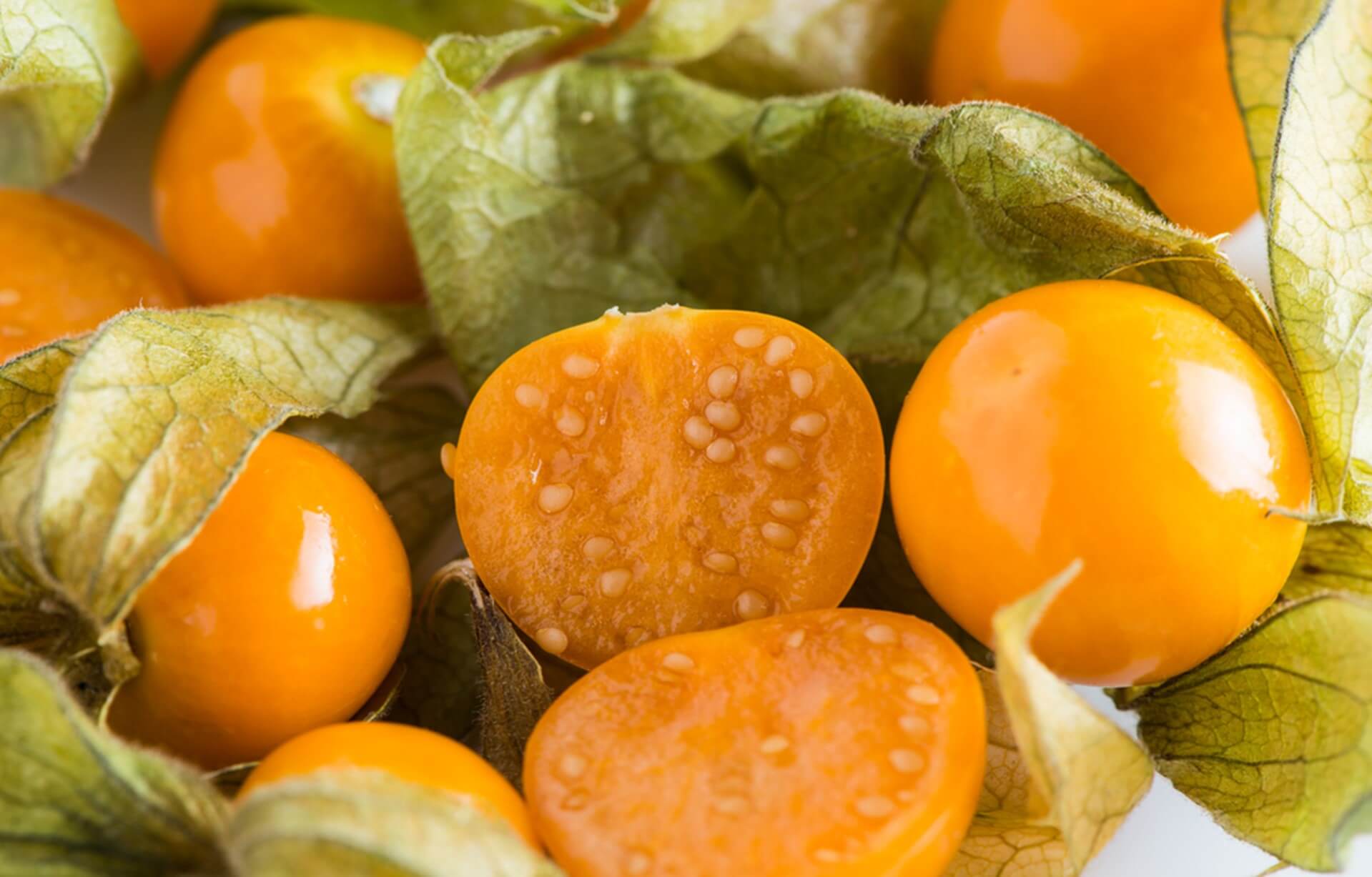
Physalis, also known as ground cherries, golden berries, or Cape gooseberries, are small orange berries belonging to the nightshade family. They are rich in vitamin C and antioxidants, known for reducing inflammation and strengthening the immune system. These berries offer a sweet taste, often compared to mango or pineapple. Physalis can be used in jams, jellies, or eaten raw, and they are also a popular addition to smoothies and salads.
20. Pineberries
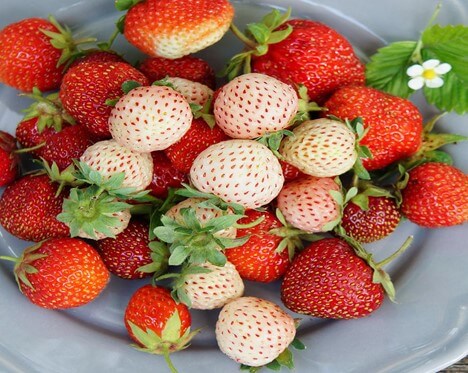
Pineberries, with their distinctive pale white color and bright red seeds, resemble inverted strawberries. They are a hybrid cross between Fragaria chiloensis and Fragaria virginiana. Pineberries are not only visually striking but also nutritious, offering an excellent source of vitamin C, fiber, potassium, and phosphorus. Their flavor is a unique blend of traditional strawberry sweetness with subtle hints of pineapple. Pineberries are often used in fruit salads, desserts, and as garnishes, adding a visually appealing and flavorful twist to dishes.
21. Red Currants and Black Currants
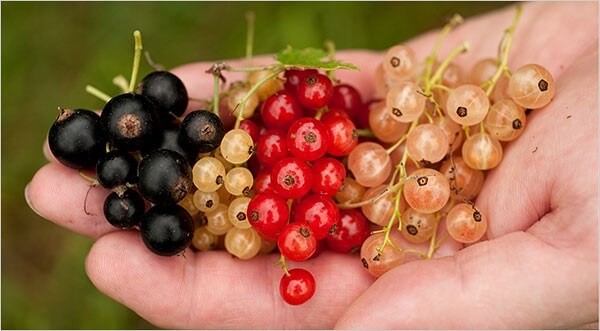
Red currants, with their tart and tangy taste, are rich in vitamin C, vitamin K, manganese, and potassium. They are commonly used in jams, syrups, jellies, and baked goods. Black currants, known for their antioxidant, antibacterial, and antiviral properties, improve the immune system and may help in preventing cancer. Both varieties are packed with polyphenols and cyanidin, elevating their antioxidant levels and offering protection against various health conditions.
22. Salmonberries
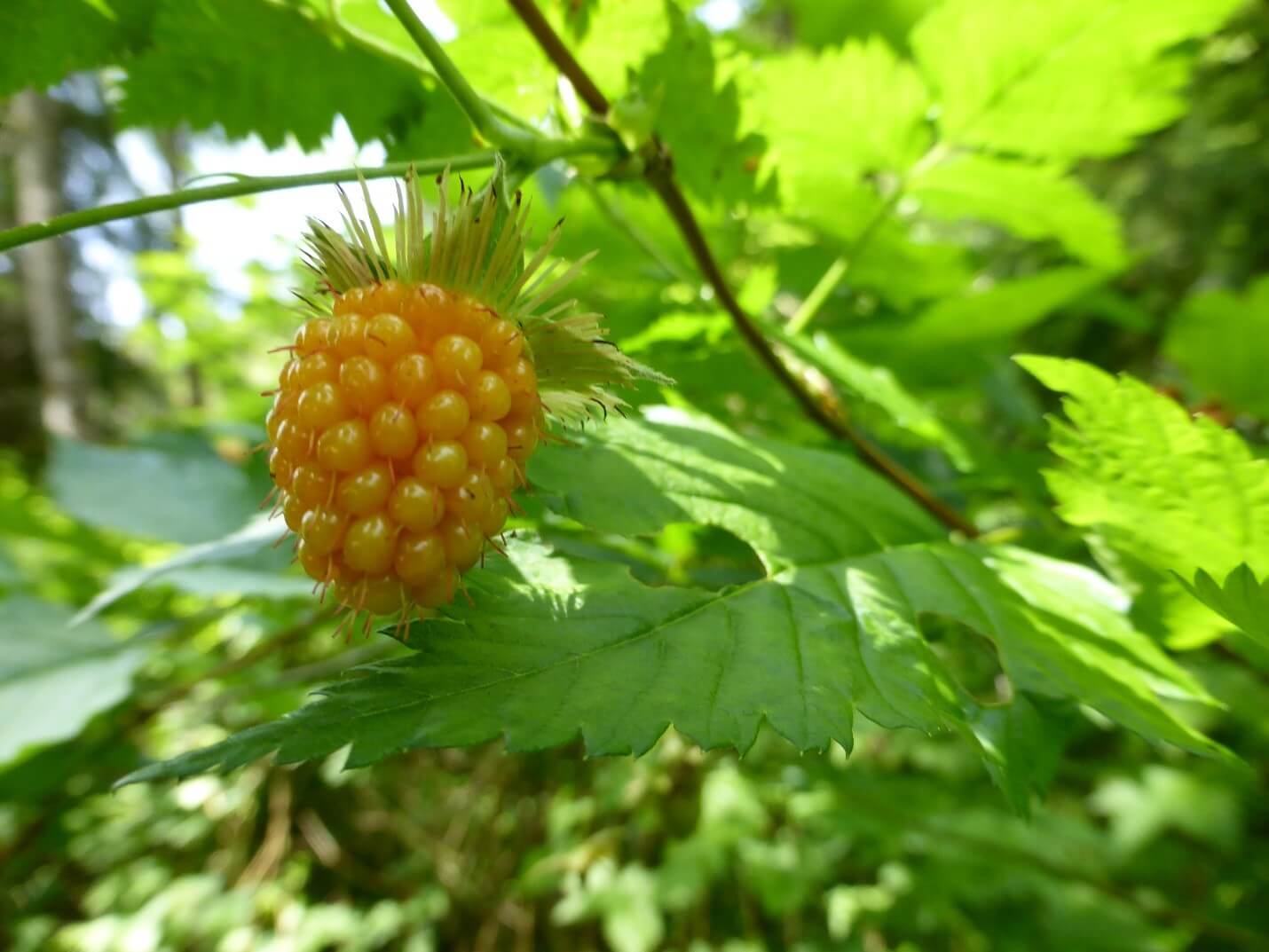
Salmonberries, known scientifically as Rubus Spectabilis, are vibrant golden berries that closely resemble orange raspberries. Commonly found in coastal regions, they thrive in early spring and summer. These berries are low in calories but high in fiber and vitamins, making them a healthy snack option. Salmonberries are often used in desserts and are known for their ability to add a colorful and flavorful dimension to dishes. Their unique taste and nutritional profile make them a cherished fruit in regions where they are available.
23. Sea Buckthorn Berry
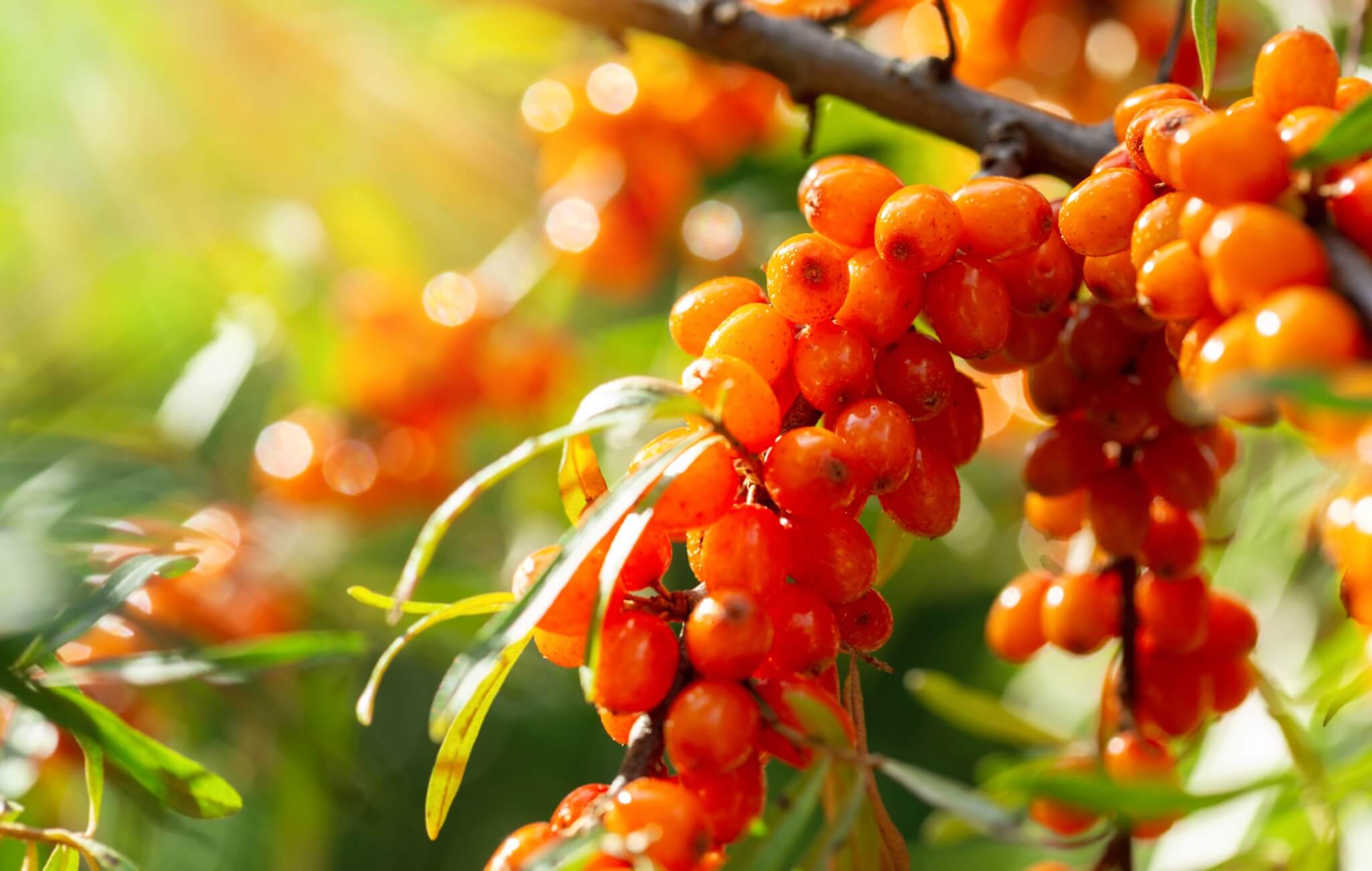
Sea Buckthorn berries are small, orange, and nutrient-rich. They are known for their high vitamin C content, which can be several times higher than that of oranges. These berries are also rich in vitamins A, E, and omega fatty acids. Due to their tart and tangy flavor, they are often used in juices, jams, and culinary sauces. Sea Buckthorn is also popular in skincare products, thanks to its nourishing and healing properties for the skin.
24. Strawberries

Strawberries are one of the most popular and versatile fruits worldwide, recognized for their sweet and slightly tart flavor. They are a rich source of vitamin C, potassium, folic acid, and fiber. Consuming strawberries is linked to numerous health benefits, including prevention of heart diseases, maintenance of blood pressure, easing constipation, and overall improvement of immune health. They are enjoyed in a variety of culinary forms, from fresh fruit to jams and desserts.
25. White Raspberries
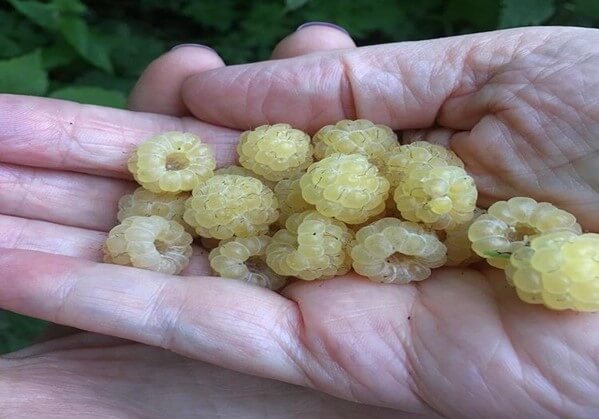
White raspberries, a rarer variety, offer a delicate flavor and are rich in antioxidants and vitamins. Though not entirely white, some yellow raspberry varieties appear almost white due to their pale color. These berries share similar health benefits with other raspberry varieties, including immune-boosting effects and anti-inflammatory properties. They are enjoyed for their unique appearance and mild flavor in various culinary preparations.
Wrapping Up
Berries are not just about taste; they’re a testament to nature’s ability to provide us with nourishment and healing.
Their versatility in the kitchen, from smoothies and salads to desserts and jams, makes them an easy addition to any meal.
Moreover, understanding the diverse types of berries broadens our culinary horizons and enhances our appreciation for nature’s bounty.
As we’ve explored 25 different kinds of berries, it’s clear that each berry has its story, packed with vitamins, antioxidants, and flavors waiting to be discovered.
To continue this journey of discovery and health, why not try incorporating a new type of berry into your diet each week?
Share your berry recipes, experiences, and health benefits with friends and family. Let’s spread the word about these nutritional powerhouses!

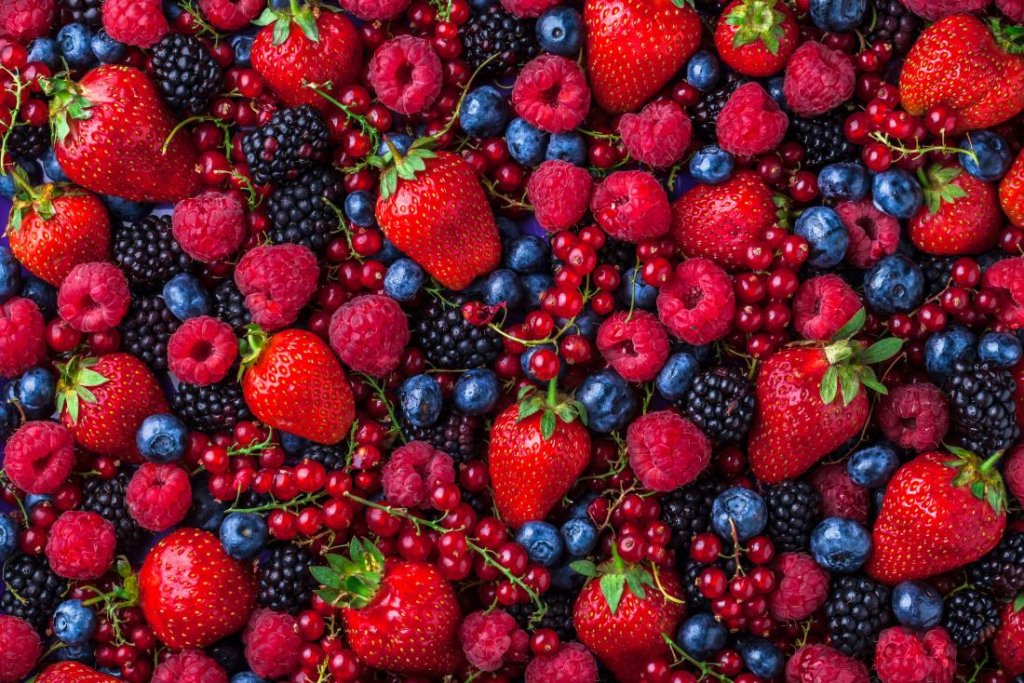
All I can say is that this is super interesting! Thank you!
We need more berries